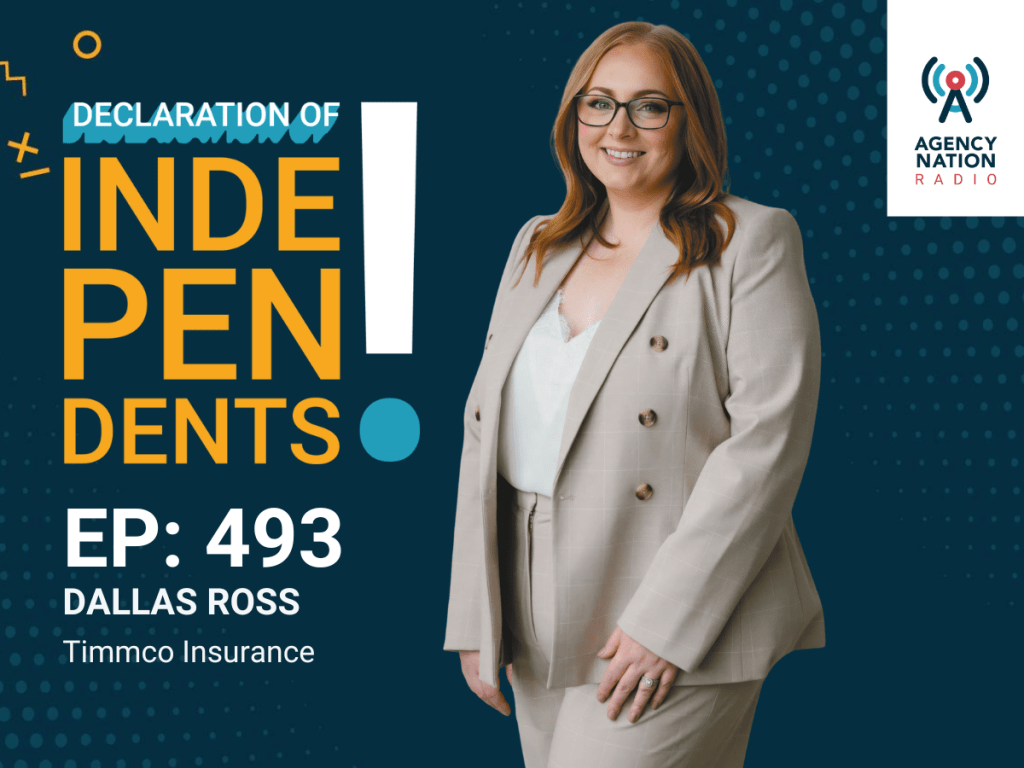How to Get More ROI from Your Meetings

By: Lewis D. Chaney
How did that last four-hour training session work for you?
If you are like most people, your brain checked out about an hour into it. It’s like the old saying, “The mind can only absorb what the butt can endure.” This is true in person and even more crucial in the virtual world. Endless, mind-numbing data dumps with slide decks overloaded with charts, jargon and graphs are better saved for the PDF and not the presentation.
You’ve experienced this on the receiving end, no doubt. But are you guilty of inflicting it when you’re in charge of the training, meeting or presentation?
Are you are a good judge of character? Do you have excellent driving skills? Have great taste in music or art?
Most will answer yes, but not everyone truly can be good at all of it. Guess what? You might not be as good a presenter or speaker as you think either.
I call it the “time buffet”—that measure of time we all spend together. Whether it’s speaking to an audience of one or a thousand, in meetings, pitches, webinars or on podcasts. When you become a glutton of the time buffet, you eat up minutes and go back for seconds.
Time is your most valuable asset. When you are on your death bed, will you be wishing for one more dollar or one more minute? If I grabbed your wallet and started chucking your money into a fire, you’d snatch it out of my hands in a matter of seconds. Yet we willingly allow our time to be wasted and we unwittingly waste the time of others. Time is given, not borrowed, and can never be returned.
It’s far more than simply time equals money. It’s time minus productivity, minus return on investment in whatever meeting it is, minus cost per person to attend, minus cost of the program equals billions of dollars lost annually. All due to one simple problem: poor communication soft skills.
Getting to the damn point doesn’t mean rushing through the material. It means trimming the fat and emotionally engaging with other human beings. It’s the costly business problem you didn’t know you had but you need to fix.
When you are conducting training for staff, do you consider when they will find the time to watch? How much does that cost in terms of serving clients and gaining new business?
Why would anyone drone on for four hours in the first place? You don’t want to sit through it, so don’t be the one doing it. Think smarter. How? Break down the information to digestible, bite-size pieces. This applies to meetings, trainings and pitches to other businesses, groups or the individual clients.
It’s like a scene in movie. The only reason the scene exists is to deliver the information it needs to and then moves on to the next scene. Imagine a movie that shows the hero putting on their shoes, searching for their car keys and locking the front door before they drive off to go catch the bad guy. Cut to the chase in your presentations and client encounters.
Often attributed to Woodrow Wilson is this statement: “If I am to speak ten minutes, I need a week for preparation; if fifteen minutes, three days; if half an hour, two days; if an hour, I am ready now.” Anyone can speak on just about anything for an hour. Scaling it back, tossing in some stories, making people lean in, and getting them to nod their heads in agreement takes skill.
The bottom line for getting to the damn point isn’t brevity. It’s caring enough about not wasting their time and making them care.
Lewis D. Chaney is the founder and CEO of Get to the Damn Point: How to Say Less and Be Heard More. A TEDX alumni with over 25 years working in television and entertainment news, commercial advertising and independent film, he mentors others on how to skillfully, effortlessly and emotionally engage anyone.










